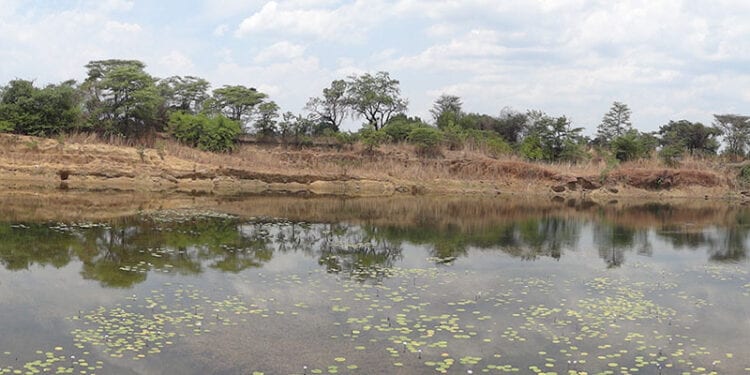Xtract Resources Plc (AIM: XTR) has encountered significant potential in the early stages of an exploration programme in The Republic of Zambia.
The company is currently drilling on the its Eureka project on the copper-gold small scale mining licence number 22134-HQ-SML and Matrix copper/gold project and small scale mining license number 8370-HQ-SML in Zambia.
The company reports that the first three holes at Eureka Project have cut shallow copper-bearing intervals over downhole widths ranging from 52m to 77m with the fourth hole currently in mineralisation
Executive Chairman, Colin Bird, said handheld XRF spectrometer testing has indicated potential elevated copper and cobalt values.
Historic and current drilling confirm mineral zone over 240m of strike and to 95m depth, open in several directions and appears to widen at depth, while initial core logging suggests possible Copperbelt-style deposit setting.
“We are particularly pleased with the drilling results at Eureka which are both intriguing and exciting in that mineralised intersections are thick and the occurrence is potentially open on strike and to depth,” Mr Bird said.
“The results are intriguing on the basis that the occurrence is characteristic of typical copper belt mineralisation whilst the deposit is some considerable distance from the copper belt. It is exciting because the ore body is near vertical and the widths are in excess of our original expectations.
“We eagerly await the assay results to confirm copper values and the presence of cobalt and the grade, if present. Our plan now is to gather in all the results and plan the next stage of exploration activities to test these encouraging initial results.”
Drilling has been carried out at both the Eureka and Matrix project areas as planned and is continuing at the Eureka property.
Mr Bird said tt should be noted that until the assays of the current drill core are returned following independent analysis by SGS in Zambia, the grade and extent of mineralisation is not yet determined.
At the Eureka Project, drilling has focussed on testing strike and depth continuity of shallow mineralisation located by limited historic exploration drilling and development of a small open pit.
Downhole mineralised intervals range from 52 to 77m in width – initial interpretation suggests that the zone is near-vertical in dip which would equate to true widths in the range of 35- to 50m, apparently becoming wider with depth. The maximum vertical depth tested to date by the current drilling programme is 95m. Total confirmed strike length of mineralisation at Eureka based on historic drilling and the current drilling programme is about 240m and the zone remains open.
Initial core logging suggests that the geological setting, as well as the disseminated and stratabound nature of some of the mineralisation may indicate affinity with the setting of the Copperbelt deposits rather than IOGC-style mineralisation. This would enhance the potential of the Eureka project.
At the Matrix Project (Kajevu), six short angled holes, totalling 316.7 metres were drilled to test and define the extent of steeply dipping IOCG-style copper-gold mineralisation previously mined in a small open pit.
Hole KX-05A, drilled immediately east of the open pit intersected a zone with mineralisation similar in style to that seen at surface in the pit. Multiple zones of quartz hematite breccia were encountered from 33.0-45.8m downhole depth, with the main zone occurring over a 7.0m width from 33.0-40.0m. Supergene copper mineralisation in the form of chalcocite, chrysocolla and malachite occurs along fractures, and as veins, disseminations and void filling. Further minor copper oxides are seen at about 41m depth.
Initial review of results indicates that the target zone may be limited in scope at Kajevu, however assay results for copper, gold and other metals are awaited and the project will be further reviewed when these are received.












